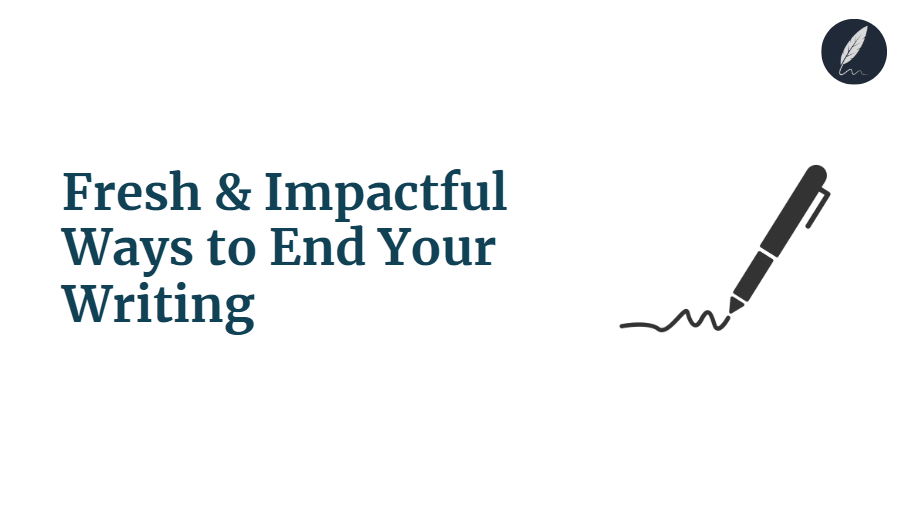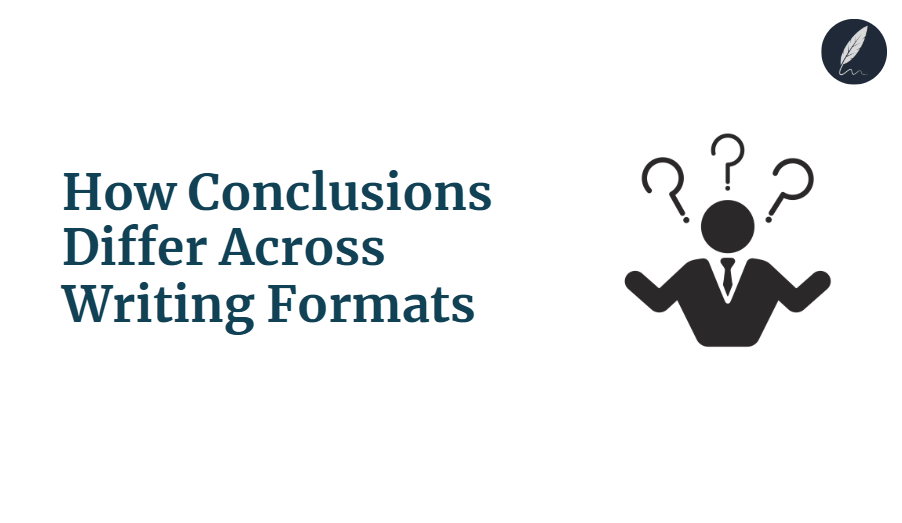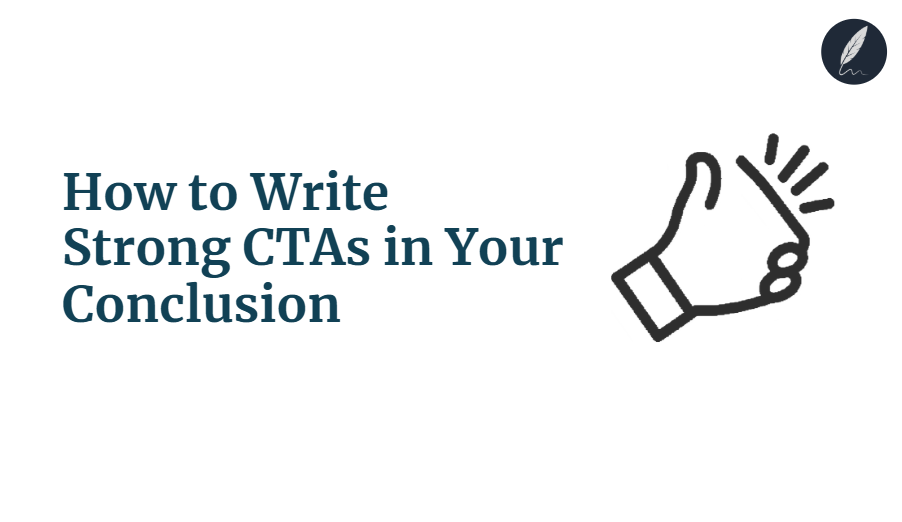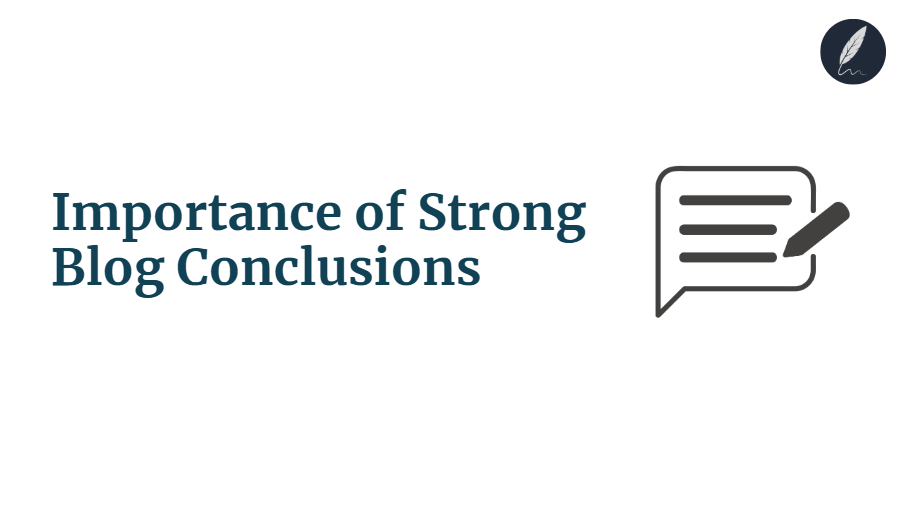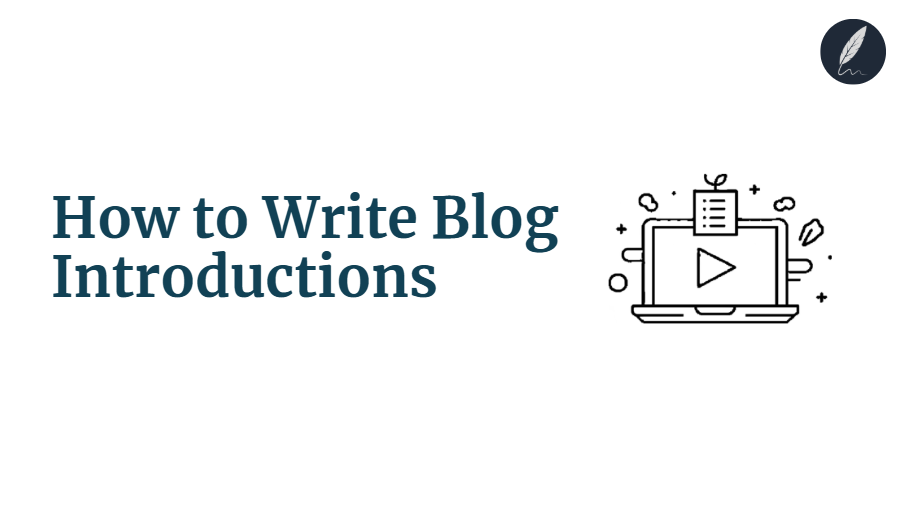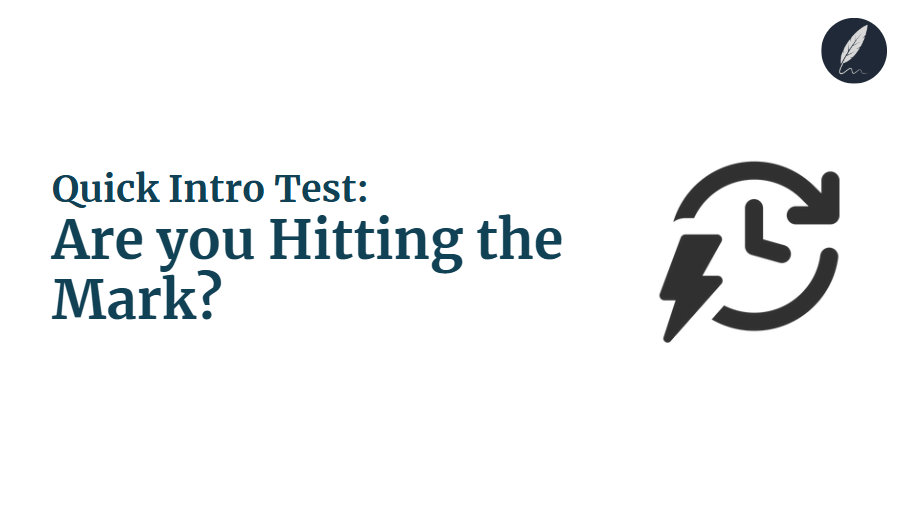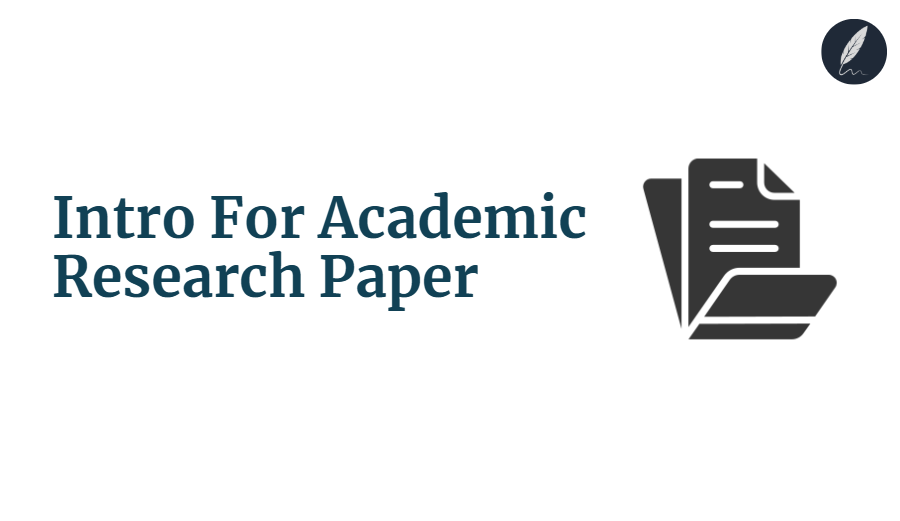Many writers underestimate the final paragraph. While most writers focus on crafting perfect openings, the ending is where you truly connect with readers and ensure your message sticks.
A weak conclusion leaves readers unsatisfied, but a powerful one transforms your content into something memorable and actionable.
This guide unveils 9 fresh ways to conclude your articles, essays, and stories.
You’ll discover versatile conclusion techniques that apply whether you’re writing a strong conclusion for an essay, seeking best ways to conclude a blog post, or exploring creative ways to end a story.
Key Takeaways
- Summarize & Synthesize: Bring main points together in fresh light, showing how pieces fit to create one strong overall message.
- Powerful Call-to-Action: Guide readers to specific next steps like signing up, visiting websites, or changing their thinking patterns.
- Future Implications: Discuss how your topic might evolve and its wider impact on society, technology, or daily life.
- Rhetorical Questions: Use thought-provoking questions that don’t need answers but make readers reflect deeply on your topic.
- Resonant Quotes: End with well-chosen quotes from experts or famous figures that capture your main message with authority.
- Circle Back Anecdotes: Return to opening stories or scenarios, showing how problems were addressed or situations changed throughout.
- Emotional Appeals: Connect with readers’ feelings, values, and empathy, especially powerful in persuasive or human-focused content.
- Challenge Readers: Directly encourage the audience to think differently, take action, or question their existing beliefs about topics.
- Surprising Statistics: End with compelling, shocking facts or data that powerfully reinforce main points and leave lasting impressions.
The Undeniable Power of a Strong Conclusion
You’ve worked hard on your writing. You’ve hooked your readers, shared compelling information, and made strong arguments.
But what happens at the very end?
The conclusion is often overlooked, seen as just a place to tie things up. Yet, it’s actually one of the most vital parts of your writing.
A truly powerful ending goes beyond simple repetition. It ensures your message sticks with the reader long after they’ve finished reading. This is where impactful conclusions truly shine.
Beyond Just a Summary:
Many people view a conclusion as merely a summary of what they’ve already said.
However, effective conclusion techniques do much more. They are designed to create a lasting impression and give your writing a sense of completeness.
Here’s why a strong conclusion matters and what its core purposes are:
- Reinforce the main message: A good conclusion doesn’t just repeat your thesis. It re-states your central idea in a fresh way, showing how all your points support it.
- Provide a sense of completeness and closure: Readers need to feel that the discussion has ended properly. An abrupt ending can leave them feeling confused or unsatisfied.
- Leave a lasting impression: This is your last chance to connect with your reader. A memorable ending ensures your ideas stay with them, making your writing endings truly effective.
- Prompt thought or action: For many types of writing, like persuasive essays or blog posts, the conclusion is where you encourage readers to think differently or take a specific next step.
Common Mistakes to Avoid
Knowing what not to do is just as important as knowing what to do. Here are some common pitfalls that can weaken your conclusion:
- Introducing new information: The conclusion is for wrapping up, not for starting new discussions. Save fresh ideas for the body of your text or a future article.
- Abruptly ending: Don’t just stop writing once you’ve made your last point. Guide your reader to a graceful and clear finish.
- Simply restating the introduction verbatim: Copy-pasting your intro makes your conclusion feel lazy and uninspired. Aim for fresh phrasing and deeper insight.
- Apologizing for your arguments: Never apologize for your views or for not covering every single aspect of a topic. Present your conclusions with confidence.
9 Ways to End Your Writing
You’ve learned why a strong conclusion is so important.
Now, let’s explore practical conclusion techniques that go beyond simple summaries. These fresh ways to conclude your writing will help you leave a truly memorable last impression, whether you’re crafting an essay, a blog post, or a report.
Here are nine powerful writing endings you can use to elevate your work:
1. Summarize and Synthesize
This method isn’t just repeating what you’ve already said.
Instead, you’ll bring your main points and central argument together in a new, clearer light. Show your reader how all the pieces fit, leading to one strong overall idea. It’s about giving your key message one final, polished statement.
- Academic Essay Example: “Thus, while early critiques focused on economic disparity, a comprehensive analysis reveals that the true impact of the policy extended to cultural identity and social cohesion, fundamentally reshaping urban landscapes.”
- Blog Post Example: “From optimizing keywords to crafting compelling narratives, we’ve seen how a holistic SEO strategy isn’t just about traffic, but about building genuine connections with your audience.”
2. The Powerful Call to Action (CTA)
Sometimes, your writing needs to guide the reader to their next step.
A strong Call to Action (CTA) tells them exactly what to do. This could be signing up for a newsletter, visiting a website, trying a new product, or even just changing their way of thinking.
- Marketing Copy Example: “Now that you understand the power of personalized learning, visit Orwellix Pro today and transform your writing workflow with intelligent AI assistance.”
- Informative Report Example: “The data is clear: investing in renewable energy is not just an environmental imperative, but an economic opportunity. Join us in advocating for policy changes that embrace a sustainable future.”
3. Look to the Future / Broader Implications
To make your conclusion more meaningful, consider discussing the future.
How might your topic evolve? What wider impact could it have on society, technology, or daily life? This strategy shows the lasting importance of your ideas.
- Research Paper Example: “As AI continues to integrate into daily life, the ethical frameworks discussed here will become increasingly vital in shaping a responsible technological future.”
- Opinion Piece Example: “The decisions we make today regarding digital privacy will determine the very fabric of our online freedoms for generations to come.”
4. The Engaging Rhetorical Question
A rhetorical question is one that doesn’t need an answer.
It’s designed to make your reader think deeply about your topic. This conclusion technique can challenge their beliefs or make a concept stick in their mind. It’s a great way to invite reflection.
- Reflective Article Example: “If clarity in communication is the cornerstone of progress, what kind of world can we build when every word we write is precisely understood?”
- Creative Writing Example: “And so, as the final curtain falls, one must ask: is redemption truly possible for a soul so deeply scarred?“
5. A Resonant Powerful Quote
Ending with a well-chosen quote can add authority and depth to your conclusion.
Pick a quote from a respected expert, a famous figure, or even a piece of literature. The quote should capture your main message or offer a profound final thought.
- Biography Example: “As Maya Angelou wisely stated, ‘Words mean more than what is set down on paper. It takes the human voice to infuse them with shades of deeper meaning.’ It is through this lens that [Subject’s Name]‘s legacy truly shines.”
- Business Article Example: “Ultimately, as Peter Drucker famously advised, ‘What gets measured gets managed.’ Apply this principle to your writing, and watch your impact grow.”
- Actionable Tip: The best quotes genuinely add value and aren’t just filler. Ensure they fit naturally into your writing flow.
6. The Anecdote / Circle Back
If you started your writing with a personal story or a specific scenario, you can return to it in your conclusion.
This “circling back” technique provides a sense of closure. It shows how the story has changed or how the problem you introduced at the beginning has been addressed.
This is one of the most creative ways to end a story.
- Personal Essay Example: “And so, as I stood on that same precipice years later, the fear was gone, replaced by the quiet confidence that only comes from embracing the unknown, just as I urged you to do from the very first paragraph.”
- Blog Post Example (revisiting a problem statement): “Remember Sarah, who struggled with writer’s block? By applying these tips for writing a powerful ending and utilizing tools like Orwellix Pro, she finally published her novel, proving that every struggle can lead to triumph.”
7. The Emotional Appeal
When your writing deals with topics that touch the heart, an emotional appeal can be very effective.
This strategy aims to connect with the reader’s feelings, values, or sense of empathy. It’s especially powerful in persuasive writing or content with a strong human focus.
- Charity Appeal Example: “Every child deserves a chance at a brighter future. Let our collective actions today light up the lives of those who need it most.”
- Advocacy Piece Example: “It is time we moved beyond debate and remembered the fundamental humanity that unites us all. Let compassion guide our path forward.”
8. Challenge the Reader
Sometimes, the best way to conclude is to directly challenge your audience.
Encourage them to think differently, take specific action, or question their existing beliefs about the topic. This direct approach can inspire significant reflection or change.
- Think Piece Example: “Now that you’ve seen the evidence, are you still comfortable with the status quo, or will you dare to imagine a better way?”
- Self-Help Article Example: “Don’t just read about transformation, embody it. What is the one step you will take today to apply these insights?“
9. The Surprising Statistic/Fact
End with a compelling, perhaps even shocking, statistic or fact.
This can powerfully reinforce your main point or leave a lasting impression. Make sure the data is accurate and comes from a reliable source to maintain credibility.
- Environmental Report Example: “By 2050, if current trends continue, there could be more plastic than fish in our oceans. The time to act is now.”
- Business Analysis Example: “Despite the common belief, studies show that companies with strong internal communication boast 4.5 times higher employee retention rates. How strong is yours?”
- Actionable Tip: Always verify your statistics and ensure they come from credible sources. This impactful conclusion relies on strong, verifiable data to make its mark.
Write smarter with Orwellix
The Orwellix AI Capabilities that helps you craft clearer, more effective content.
Conclusion
As we’ve explored, the final words of any writing are much more than a summary, they create the lasting impression. Your conclusion defines how your message is remembered, ensuring its impact is enduring.
These conclusion techniques can transform your writing. Now, it’s your turn to practice.
Experiment with the diverse ways to end writing and the fresh ways to conclude we’ve shared. Find the strategies that best fit your unique voice and purpose. Remember, a truly great piece of writing does more than just inform, it moves people.
Frequently Asked Questions (FAQs)
1. Can I use a quote to end my writing?
Yes, using a powerful quote can create an impactful conclusion and is one of the effective conclusion techniques.
It works best when the quote directly relates to your main message and adds a profound final thought. Choose quotes from respected figures or experts that encapsulate your topic.
2. Is it okay to conclude my writing with a question?
Yes, ending your writing with a question can be a very effective conclusion technique, especially if it’s a rhetorical question.
A rhetorical question doesn’t need a direct answer, instead, it prompts your reader to reflect deeply on the topic or challenge their own thoughts. This can create a memorable conclusion by inspiring further consideration.
Ensure the question aligns with your article’s tone and purpose. Avoid open-ended questions that leave your reader feeling confused or without closure.
3. What’s the difference between summarizing and restating?
While both are part of conclusion techniques, summarizing and restating serve different purposes in a strong conclusion.
- Restating your thesis or main idea means rephrasing your central argument in new words. You’re not just repeating it, but giving it a fresh perspective after the reader has gone through your points.
- Summarizing involves briefly touching upon the key points or evidence from your body paragraphs. It’s a concise recap of the journey you took the reader on, reminding them of the main takeaways.
4. What kind of conclusion works best for persuasive content?
For persuasive content, impactful conclusions often involve prompting the reader to think or act. The Call to Action (CTA) is highly effective, as it directly tells the reader what specific step to take next.
The Emotional Appeal can also work wonders by connecting with the reader’s feelings and values, inspiring empathy or urgency.
Additionally, challenging the reader to think differently or question their beliefs can be a strong persuasive conclusion technique. The best choice depends on your specific goal, but these tips for writing a powerful ending will help you sway your audience.
5. Should I write the conclusion first or last?
Most writers find it best to write their conclusion last, after they’ve developed their main arguments and body paragraphs.
This allows you to truly reflect on what you’ve written and create a summary or final thought that ties everything together.
Join 10,000+ Professionals
Unlock your potential with Orwellix. Experience advanced features and tools designed to enhance your writing and productivity.
Get Started with Orwellix